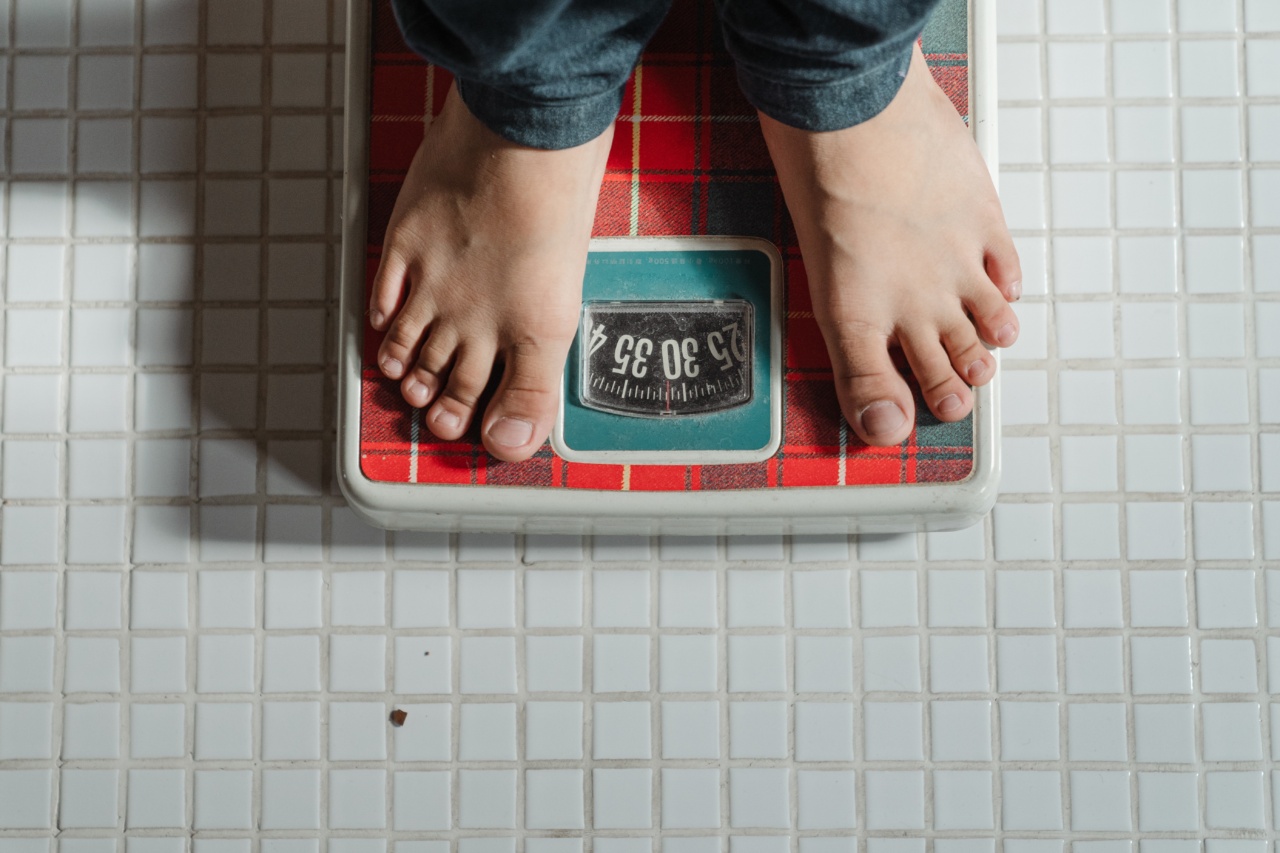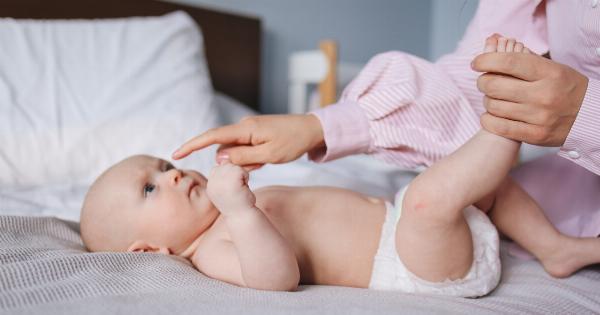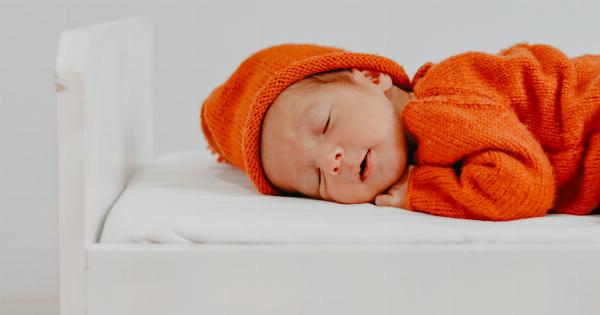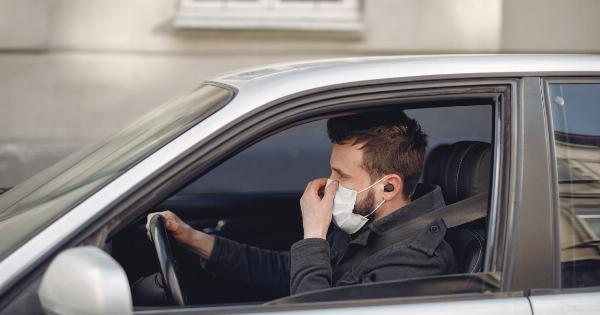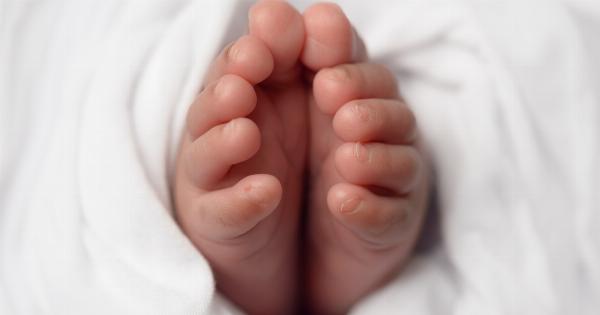Parents of young children often have to make difficult decisions about their child’s sleeping arrangements. Among these is whether or not to co-sleep with their baby.
Co-sleeping refers to the practice of sleeping in the same room or same bed as one’s child. While some experts praise the practice and say that it helps promote bonding between parent and child, others argue that it can be unsafe for the child.
In this article, we will explore the arguments on both sides and try to come to a conclusion on whether co-sleeping is safe or not.
What is Co-Sleeping?
Co-sleeping, also known as bed-sharing, is the practice of parents and infants sharing the same sleeping surface. It can take many forms, from a parent sleeping in the same room as their child to a parent and child sharing a bed.
Co-sleeping is a common practice in many cultures around the world, but it has become a controversial topic in the United States in recent years.
The Pros of Co-Sleeping
Proponents of co-sleeping argue that it has many benefits for both the parent and the child. Some of these benefits include:.
Bonding:
Co-sleeping allows parents and children to bond closely throughout the night, which can promote a stronger attachment and help the child feel more secure. This may also help reduce nighttime anxiety and stress for both the child and the parent.
Easier Breastfeeding:
Co-sleeping can make nighttime breastfeeding easier for mothers, as they can quickly respond to their baby’s needs without having to get out of bed.
Breastfeeding has numerous health benefits for infants, including a reduced risk of infection, obesity, and sudden infant death syndrome (SIDS).
Reduced SIDS Risk:
Some studies have found that co-sleeping can reduce the risk of SIDS.
The American Academy of Pediatrics (AAP) recently updated their policy on safe sleep for infants, stating that “the safest place for a baby to sleep is in a crib or bassinet in the parents’ room.” They note, however, that room-sharing is not the same as bed-sharing.
The Cons of Co-Sleeping
While there are many potential benefits of co-sleeping, there are also some risks associated with the practice. Some of the risks include:.
Suffocation:
One of the biggest risks of co-sleeping is suffocation. Infants can become trapped or smothered by pillows, blankets, or other objects in the bed.
Additionally, parents who are under the influence of drugs or alcohol may be more likely to roll over on their child and accidentally suffocate them.
Infection:
Co-sleeping can also increase the risk of infection for infants. Parents and siblings can transfer illness to the baby through close contact throughout the night.
Additionally, infants who are brought into the parents’ bed may be exposed to allergens or other harmful substances that can cause respiratory issues.
Babies who are at risk;
Although co-sleeping can be safe for infants who are healthy, it can be dangerous for babies who are born with medical conditions that make them more susceptible to suffocation or other health issues during sleep.
What Do the Experts Say?
The debate over co-sleeping has been ongoing for years, and experts are divided on the issue.
The American Academy of Pediatrics (AAP) recommends that infants sleep in the same room as their parents for at least the first six months of life, but they do not recommend bed-sharing due to the risk of suffocation. Instead, they recommend that parents place their baby in a crib or bassinet in the same room as them.
The Mother-Baby Behavioral Sleep Laboratory at the University of Notre Dame has conducted numerous studies on co-sleeping and its effects on infants and parents.
They have found that co-sleeping can promote strong attachments between parents and children, but they also caution that it should only be practiced by parents who are fully aware of the risks and are willing to take the necessary precautions to keep their child safe.
Conclusion
The decision to co-sleep with a child is a personal one that must be made based on individual circumstances and beliefs. While co-sleeping can promote bonding and make breastfeeding easier, it is not without risks.
Suffocation, infection, and other health issues can arise from co-sleeping, particularly if precautions are not taken. The best course of action for parents who wish to co-sleep is to learn as much as possible about the risks and to take steps to minimize them.
